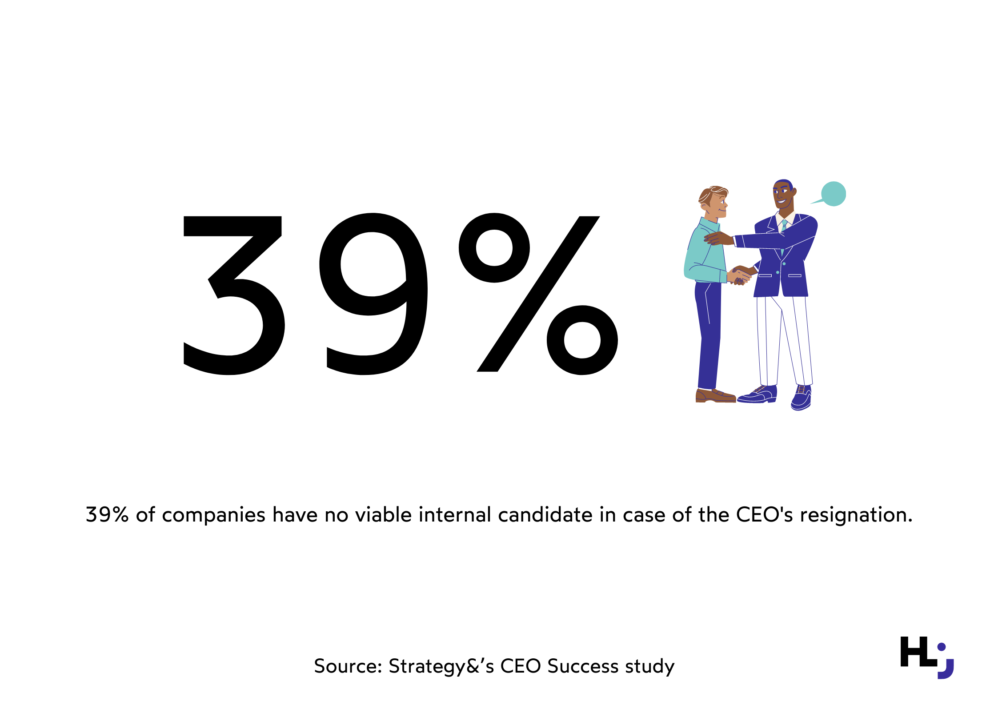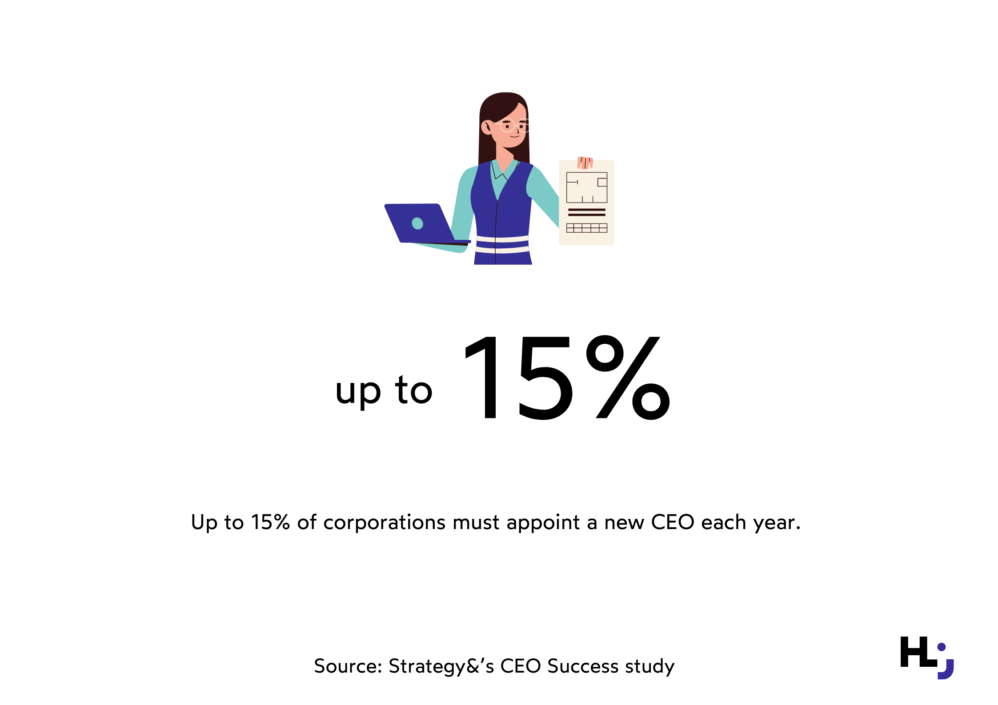How to master your succession plan to improve talent retention

It’s high time to say that succession planning shouldn’t be only about the CEOs.
For years, succession planning focused on C-level executives and grooming their future successors. It might be a rational way of thinking, as up to 15% of companies need to appoint a new CEO each year, while only 54% of boards have prepared a successor, and 39% have no viable internal candidate (1).
But now, more and more companies are discovering that succession planning is critical to retaining all employees whose skills are crucial for the organization. Especially, if their knowledge is so deep and their experience so vast that they are considered irreplaceable.

Proactive instead of reactive
Succession planning presents HR managers with two significant challenges. The first challenge is who replaces whom in the structure of the company. The second is who takes over the position of the successor.
If it seems like you’re always busy filling empty chairs, you should change your mindset from reactive (“hire Y when X quits”) to proactive, which means creating a roadmap for your future hires. Once you have a clear succession strategy, you’ll know what talent to look for, how to develop it, and how to retain it.
Creating these tactics requires a solid data analysis focused on your top performers. By understanding what makes people successful in certain positions, you will narrow down the pool of future leaders and create decision-making hubs within the company. Consequently, you’ll be able to plan future talent acquisition based on desired skill sets. You will know exactly who you are looking for.

Outline clear paths of advancement
This way, you’ll also be able to build a cohesive company culture with clear paths of advancement. When you hire new employees, you can show them the possible career progression without making false promises. Thanks to the succession model, they can see what they need to achieve to be promoted – either vertically or horizontally.
Companies often don’t have clear rules for promotion, which curtails their ability to nurture internal talent. Preparing a transparent career path means being proactive.
I have often encountered great specialists who did not want to believe in their skills. They were very reluctant about internal promotion opportunities, even though they were well-suited for the position. However, if you have a succession plan in place, you can train and coach employees in specific areas and prepare them for future higher-level positions. Thus, you not only attract new talent more efficiently, but you also retain the talent you have in your organization.
Remember, it’s good to have a “London Bridge is down”(2) operating plan if your CEO suddenly steps down. But what’s even more critical is to think of anticlimactic planning supported by semi-hard data. That way, you’re not just filling the void created by attrition – you’re actively seeking out the best talent and candidates with the exact skills your company needs.
Sources:
(1) https://www.gsb.stanford.edu/faculty-research/publications/
(2) the codename of what will happen in the United Kingdom after the death of Elisabeth II
Mastering a succession plan is much easier with the help of the right tools. Human Panel provides an all-in-one platform for HR management that organizes all your workforce data in one place. Simple graphs and visualized statistics replace obscure spreadsheets and help you make informed HR decisions. To see how it works, sign up for a free demo – just fill in the short form below.




